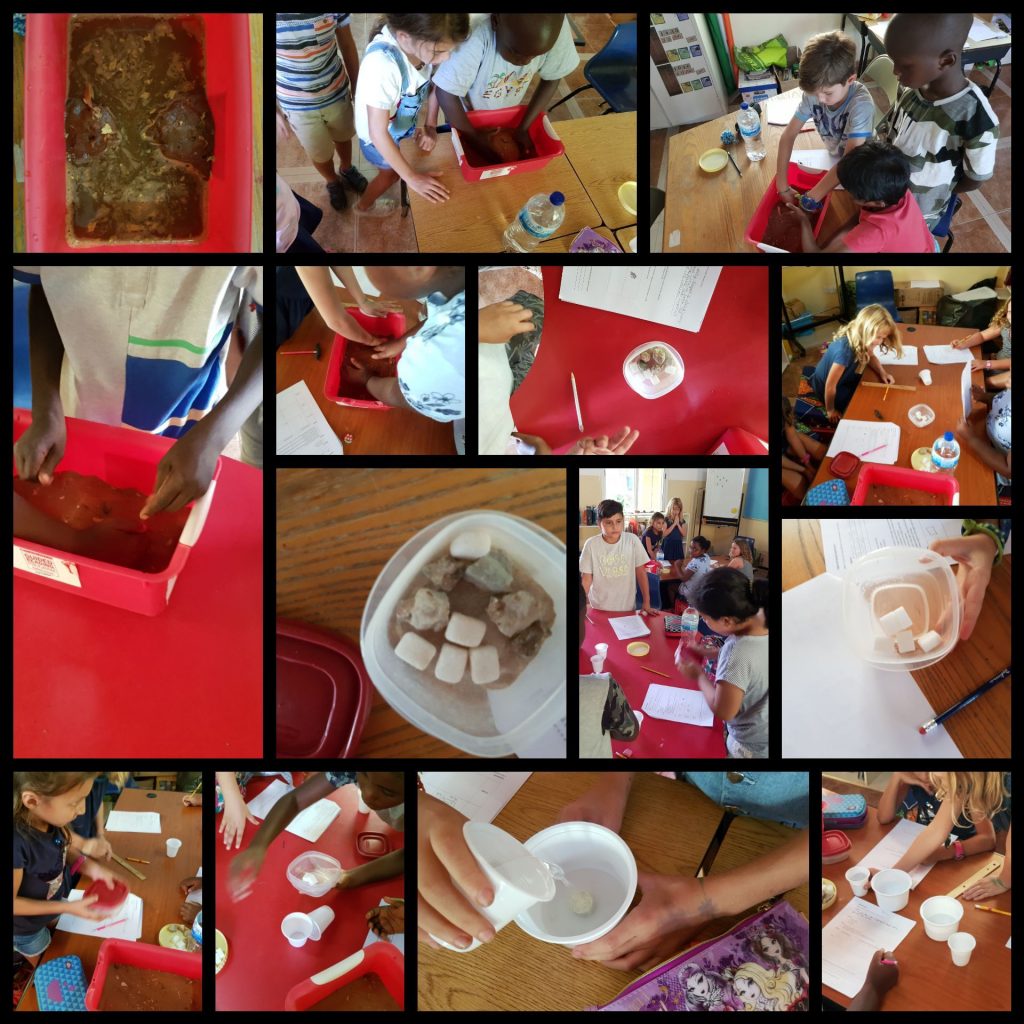Grade 5 have been learning about the different spheres of the Earth including geosphere, hydrosphere, atmosphere and biosphere. Júlia recounts the final project they had to produce:
In Science we were learning about the four spheres. Grade 5 had to create posters showing interactions between the four spheres. To do that, we looked up interactions and came up with our own too. We had two options to complete the task, either making one big poster explaining 10 interactions or more, or dividing the poster into 10 parts and creating single interactions. I chose to make one big image, colour coding the different spheres. The interactions could not be the sphere interacting with itself, it had to interact with different spheres. An example would be a water turbine. It is made by humans (the biosphere) with water (the hydrosphere) is the source creating the turbine turn and making energy. What interactions could you come up with?
-Júlia




